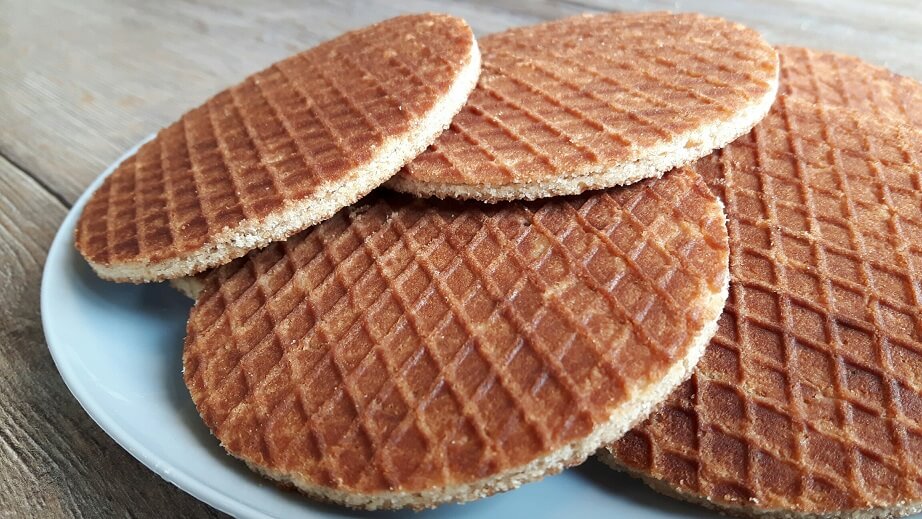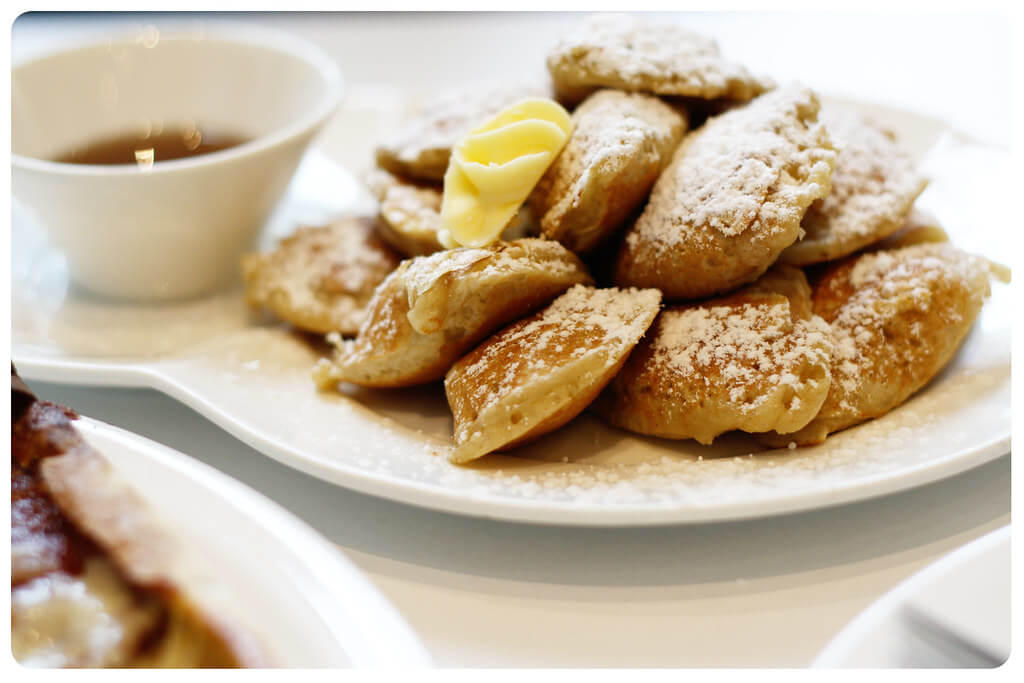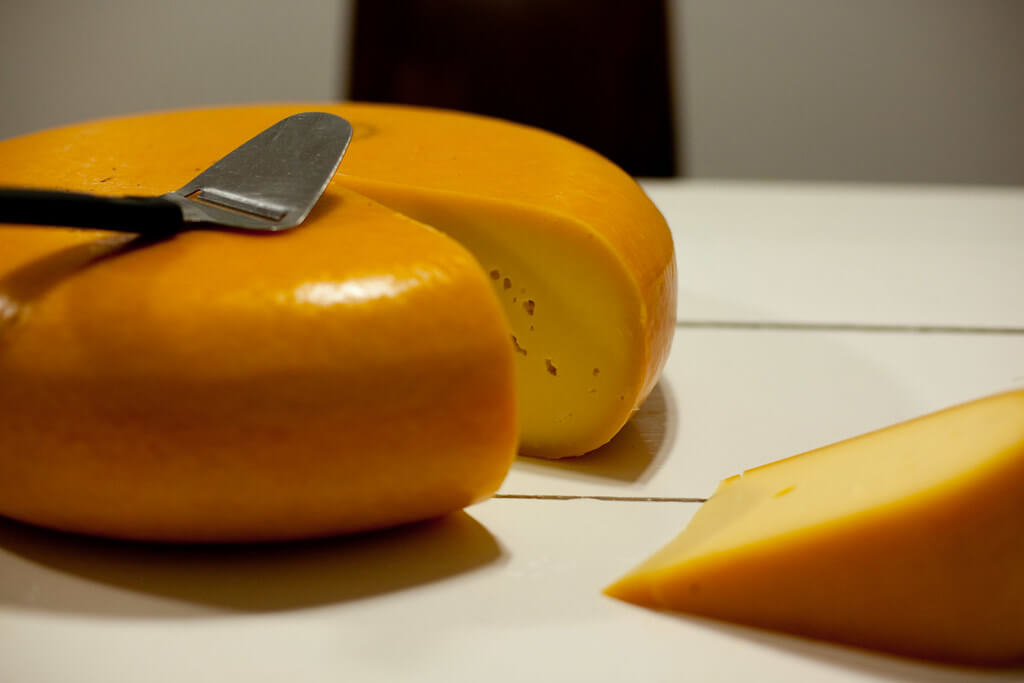Hey there!
I'm super excited to share my journey through the Netherlands, a place full of beautiful canals, historic sites, and lively culture.
Planning ahead really helps to get the most out of your visit. Here’s my guide to an amazing 12-day trip.
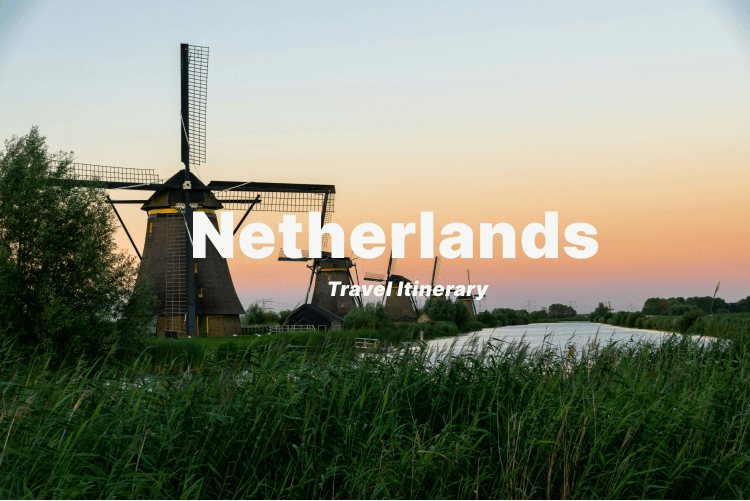
1. Planning Your Journey Across the Netherlands
When you start planning your Dutch adventure, think about these things to make your trip even better:
Budget: Figure out how much you want to spend. There’s cheap street food and fancy restaurants to choose from.
Accommodation Options: here’s everything from busy city hotels to quiet B&Bs in the countryside. Pick what suits you best.
Time of Year: Spring for tulips or summer for festivals. Each season brings something special.
Interests and Activities: Art buff? History geek? Outdoorsy? The Netherlands has something for everyone.
Health and Safety: It’s pretty safe, but having travel insurance is a good idea.
Travel Restrictions and Visas: Make sure your passport and visa are up to date before you go.
2. Your Comprehensive 12-Day Itinerary in the Netherlands
Here’s a detailed look at my 12-day trip through the Netherlands, hitting all the must-see spots and some hidden gems.
Netherlands 12 Days Trip Overview:
From the vibrant streets of Amsterdam to the historic windmills of Kinderdijk and the artistic alleys of Utrecht, this journey dives into Dutch culture and history, wrapping up with the scholarly vibe of Leiden.
Netherlands 12 Days Trip Table:
Day | Destination | Activities and Route |
Day 1 | Amsterdam | Day1:Anne Frank House,Rijksmuseum,Van Gogh Museum |
Day 2 | The Hague | Mauritshuis,Escher in Het Paleismuseum,Binnenhof |
Day 3 | Rotterdam | Cube Houses,Erasmus Bridge,Market Hall |
Day 4-6 | Eindhoven | Philips Museum,Strijp-S,National Park |
Day 7-9 | Utrecht | Dom Tower,Canal Tours,Local Markets |
Day 10-12 | Leiden | Leiden University,Botanical Gardens,Leiden Museums |
Day 1: Amsterdam - The Gateway to Dutch Culture
Start your journey in Amsterdam, famous for its art, canals, and lively culture.
What to See and Do:
Canal Tour: Start with a boat tour to experience the city's waterways.
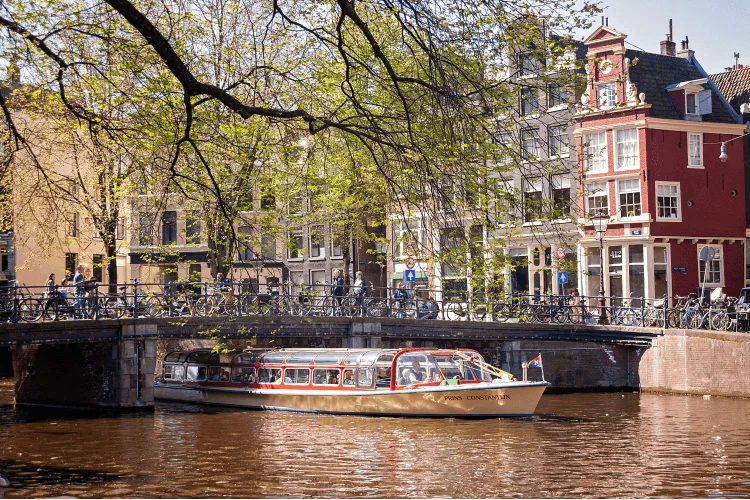
Anne Frank House: Visit this poignant historic site.
Rijksmuseum: Check out Dutch art and history.
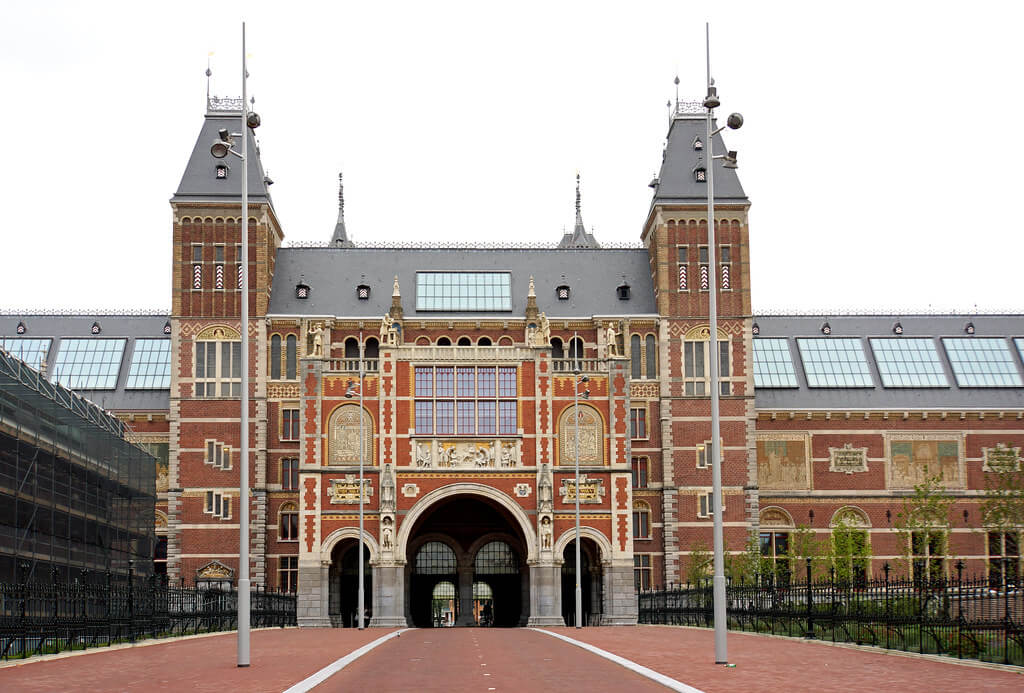
Van Gogh Museum: Admire the extensive collection of Van Gogh’s works.
Jordaan: Spend your evening enjoying the atmospheric neighborhood known for its boutiques, restaurants, and cozy pubs.
Where to Stay:
Opt for a centrally located hotel in Amsterdam to be within walking distance of the main attractions.
Purchase the I Amsterdam City Card for unlimited use of public transport and free entry to many top museums.
Day 2: The Hague - City of Peace and Justice
Head to The Hague, where the Dutch government is based and many international legal bodies are located.
What to See and Do:
Mauritshuis: See masterpieces like Vermeer’s Girl with a Pearl Earring.
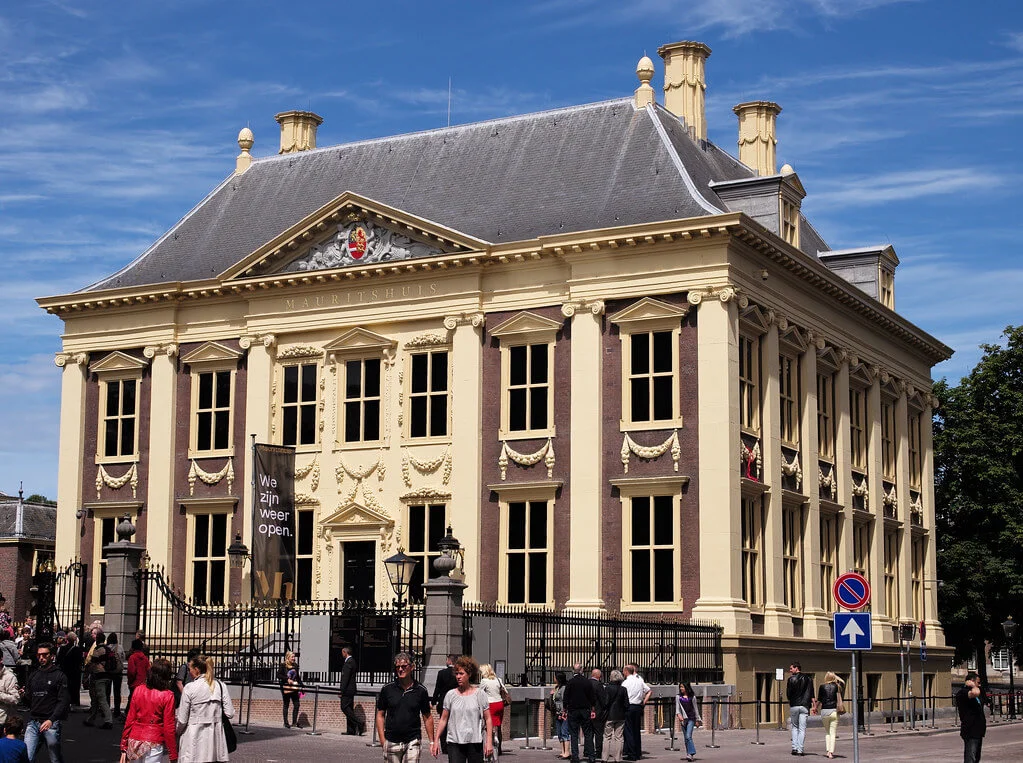
Escher in Het Paleis Museum: Get fascinated by the graphical illusions of M.C. Escher.
Binnenhof: Walk through the courtyards of this historic government complex.
Where to Stay:
Stay in The Hague to capture its refined atmosphere by night.
Plan your visit to government buildings on weekdays to avoid closures during the weekend.
Day 3: Rotterdam - Where Modern Meets Unique
Step into Rotterdam, where bold modern architecture meets vibrant culture. This city continually surprises with its innovative sights and dynamic atmosphere.
What to See and Do:
Cube Houses: These standout, cube-shaped houses are a real treat. Pop inside one to see how folks live in these cool spaces.
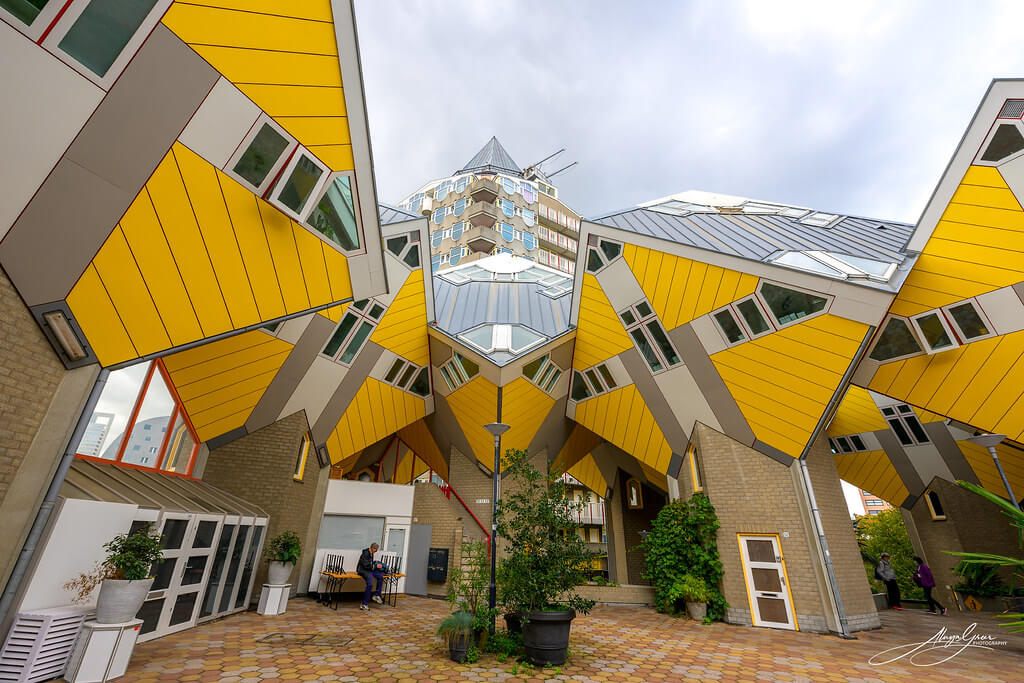
Erasmus Bridge: Grab some great views from this impressive bridge. It's a real piece of art.
Market Hall: Feast on both local and international foods at this hip, spacious market.
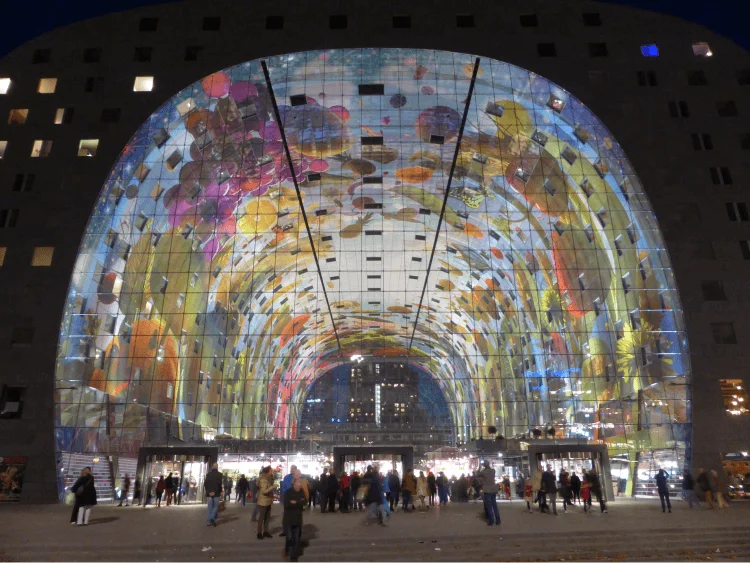
Where to Stay:
Booking a riverside hotel gives easy access to top views and city hotspots.
Rotterdam loves bikes. Rent one to see more and feel like a local.
Day 4-6: Eindhoven - The Pulse of Tech and Design
Get ready to explore Eindhoven, the heartbeat of technology and design in the Netherlands. This city thrives on new ideas and creativity.
What to See and Do:
Philips Museum: Discover how Philips sparked industrial innovations and changed our world.
Strijp-S: Check out this bustling area filled with creative businesses and cool cultural events.
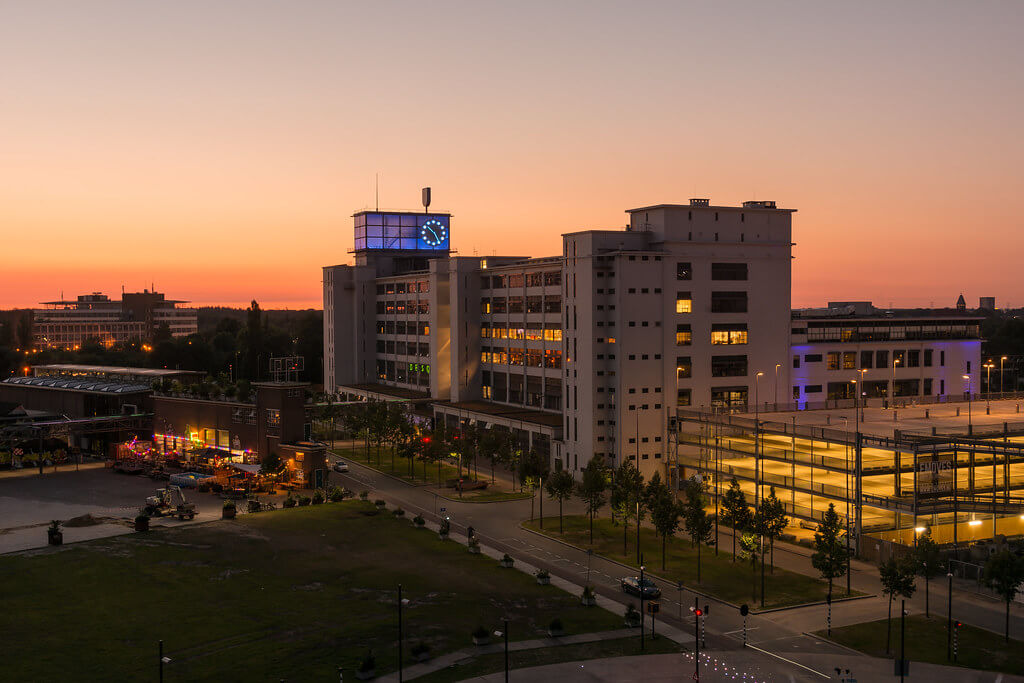
Day Trip: Escape to nearby national parks to soak in the natural beauty.
Where to Stay:
A downtown hotel puts you right in the middle of nightlife and culture.
Peek at Eindhoven’s schedule for workshops on tech and design while you're there.
Day 7-9: Utrecht - A Blend of History and Vibrancy
Utrecht is where historical charm meets a buzzing modern vibe. It’s simply enchanting and always lively.
What to See and Do:
Dom Tower: Climb up the Netherlands' tallest church tower for unbeatable city views.
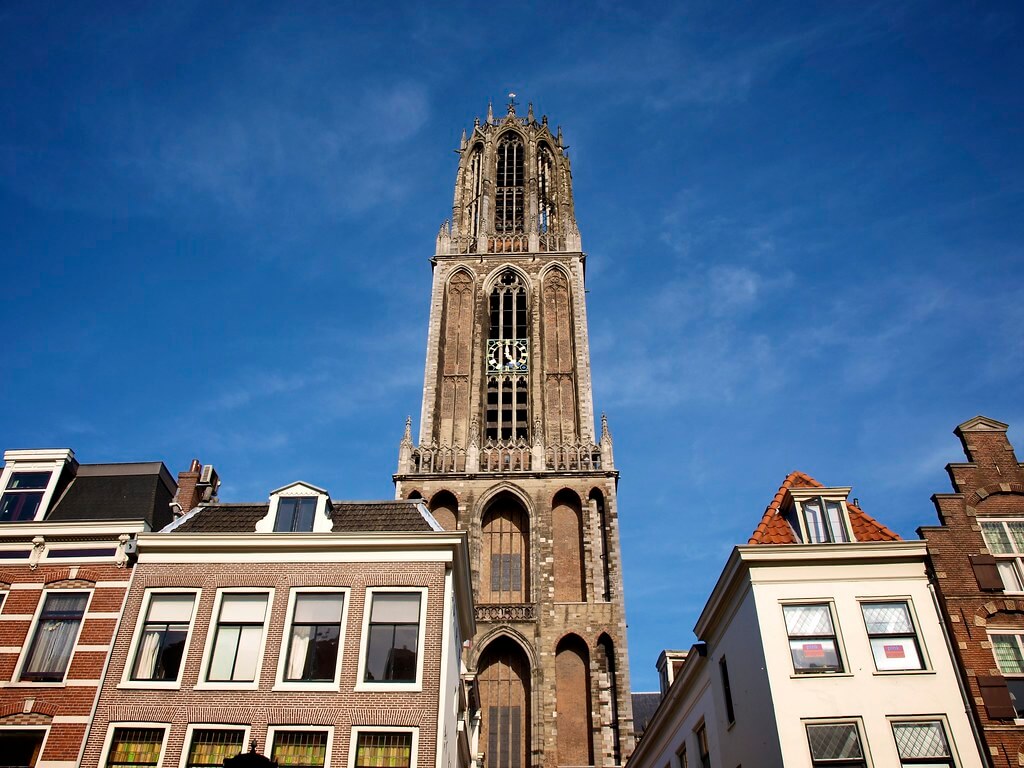
Canal Tours: Utrecht's canals offer a sweet view of the city from the water.
Local Markets: Try some local snacks and hunt for unique crafts.
Where to Stay:
Opt for a canal-side spot to wake up to dreamy views every morning.
Utrecht comes alive at night. Grab dinner or a drink by the canal for a night to remember.
Day 10-12: Leiden - City of Knowledge and Old-world Charm
Wrap up your journey in Leiden, celebrated for its rich academic past and lovely old town.
What to See and Do:
Leiden University: Explore one of the world's oldest universities.
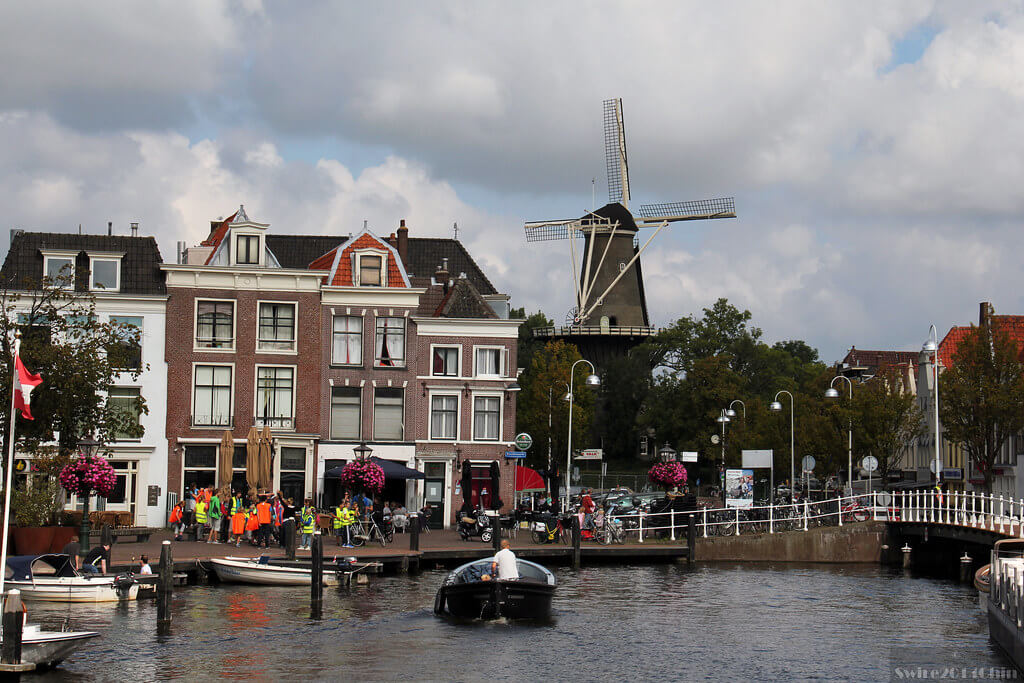
Botanical Gardens: Relax among rare plants in this peaceful garden.
Leiden Museums: From ancient artifacts to natural science, Leiden’s museums have it all.
Where to Stay:
A hotel near the historic center keeps you close to everything.
Visit during academic holidays for a quieter, more relaxed Leiden.
3. Top 10 Dutch Delicacies to Try
The Dutch culinary scene offers a delightful mix of traditional flavors, known for its rich comfort foods, an array of seafood, hearty dairy products, and a penchant for deep-fried delights. Here's a deeper look at ten Dutch foods you shouldn't miss:
1. Stroopwafel:
Stroopwafels consist of two thin, crispy waffles fused with a rich caramel-like syrup.
Best enjoyed with a hot beverage like coffee. Place the stroopwafel atop your drink to let the steam soften the caramel for a gooey, delicious treat.
2. Bitterballen:
These are small, crispy, breaded balls filled with a thick, savory ragout made from chopped meat, broth, flour, and herbs.
Traditionally served hot with a side of tangy mustard for dipping, perfect as a snack or an appetizer during social gatherings.
3. Poffertjes:
Poffertjes are small, fluffy pancakes made using a yeasted batter, which gives them their signature light texture.
Commonly dusted with powdered sugar and a dollop of butter, these treats are a frequent find at street fairs and outdoor markets.
4. Herring:
A staple of Dutch seafood, typically served raw and garnished with onions and pickles.
Known for being eaten "Dutch style" by holding the fish by the tail and taking a bite, it’s a must-try for an authentic local experience.
5. Cheese:
The Netherlands is famous for its cheeses, with Gouda, Edam, and Leyden being among the most popular.
Visit a local cheese market to sample different varieties and see traditional cheese-making techniques firsthand.
6. Kroket:
Similar in filling to bitterballen but shaped into a cylinder, krokets are breaded and deep-fried, filled with a meat or vegetable ragout.
Often served inside a soft bread roll, making it a popular quick meal option throughout the Netherlands.
7. Dutch Apple Pie (Appeltaart):
This deep, lattice-topped pie is loaded with chunks of cinnamon-spiced apples, sometimes mixed with raisins or nuts.
Typically served with whipped cream, it’s a comforting dessert found in cafes and bakeries across the country.
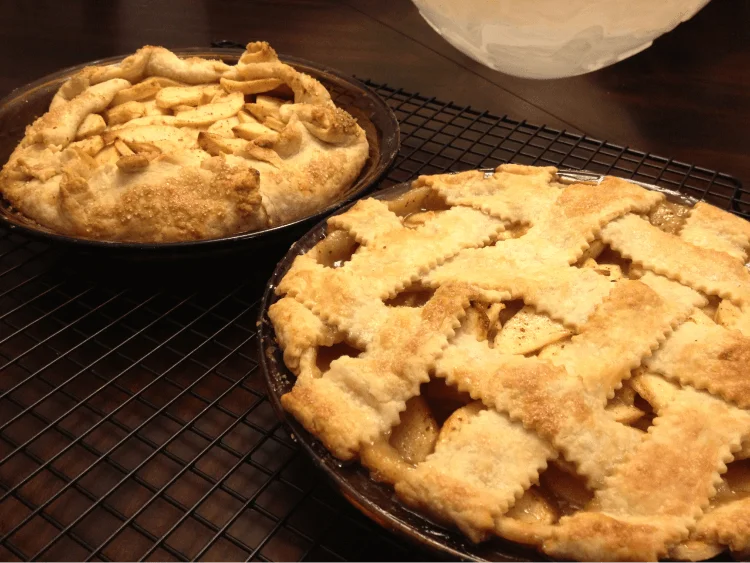
8. Erwtensoep:
Also known as "snert," this thick, hearty pea soup is made with split peas, pork, celery, onions, and leeks.
A winter favorite, often enjoyed with rye bread and smoked bacon to make a filling meal.
9. Jenever:
This traditional Dutch spirit, precursor to modern gin, comes in two main types—oude (old) and jonge (young) which differ in distillation methods and aging processes.
Typically consumed neat, it’s a common after-dinner digestive or an aperitif.
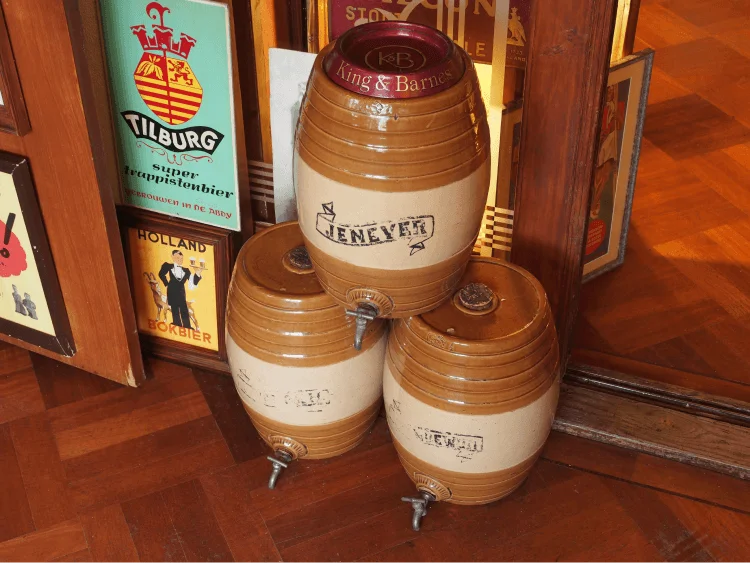
10. Dutch Beer:
Beyond the globally recognized Heineken, the Dutch craft beer scene is vibrant, featuring a wide range of styles from hoppy IPAs to rich, dark stouts.
Many breweries offer tours and tastings, making for a perfect afternoon outing for beer enthusiasts.
4. Additional Tips for Traveling in the Netherlands
Packing Essentials:
The Dutch weather is known for being quite unpredictable. It can shift from sunny to rainy within the same day, so layering your clothing is smart. Essential items include:
Waterproof Jacket: A lightweight, waterproof jacket will protect you from sudden downpours.
Umbrella: Compact and sturdy, it should withstand windy conditions.
Comfortable Walking Shoes: You'll likely do a lot of walking, whether in cities or rural trails, so good footwear is crucial.
Layerable Clothing: Bring items you can layer on or peel off as the temperature changes throughout the day.
Payments & Local Apps:
While the Netherlands is very card-friendly, there are a few things to note:
Credit and Debit Cards: Widely accepted in shops, restaurants, and even many street vendors.
Cash: It's a good idea to carry some cash for places that might not accept cards, such as small local markets or in rural areas. ATMs are widely available.
Tipping: Service charges are generally included in restaurant bills, but rounding up or leaving a small extra tip for good service is appreciated.
Download local Apps:
OV-chipkaart: For public transport.
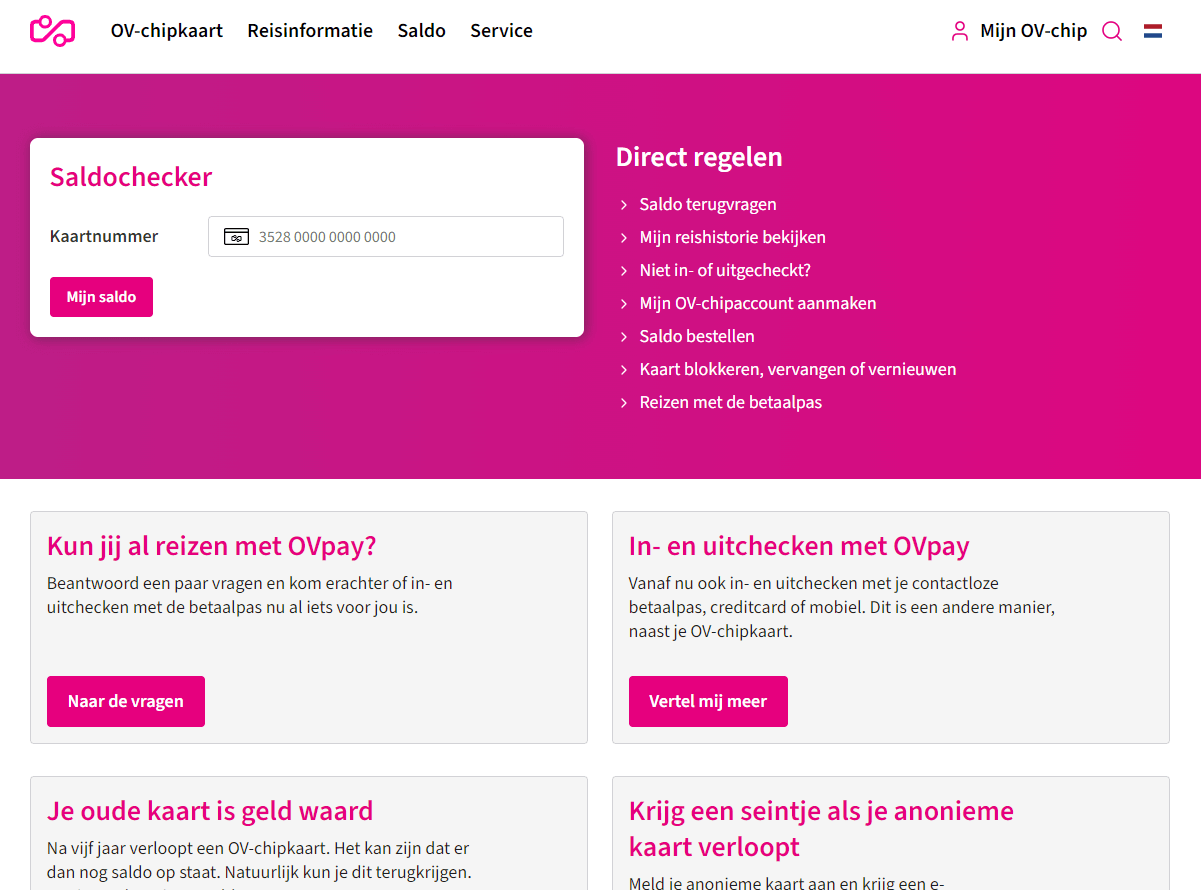
Tikkie: Extremely popular for transferring small amounts between friends or paying at various businesses.
iDEAL: Used for online purchases, allowing you to pay directly from your bank account.
Local Etiquette:
Dutch culture values directness, efficiency, and politeness. Here’s how you can fit in smoothly:
Greetings: Always greet shop staff with a friendly "hallo" when entering and say "dag" (goodbye) or "dank je" (thank you) when leaving.
Dining: It's polite to wait until everyone has their food before starting to eat. Asking to split bills is common and acceptable.
Visiting Homes: If invited to a Dutch home, it’s polite to bring a small gift, like flowers or chocolates.
Getting Around:
Navigating the Netherlands is easy thanks to its comprehensive and efficient transport network:
Bicycles: The country is incredibly bike-friendly with extensive bike lanes and flat terrain. Bike rentals are available in almost every town and city.
Public Transport: The OV-chipkaart (public transport card) is used for travel on trains, buses, trams, and metros. Tickets can be purchased at stations and are easy to use.
Trains: Connect major and minor cities efficiently and offer a scenic way to see the countryside.
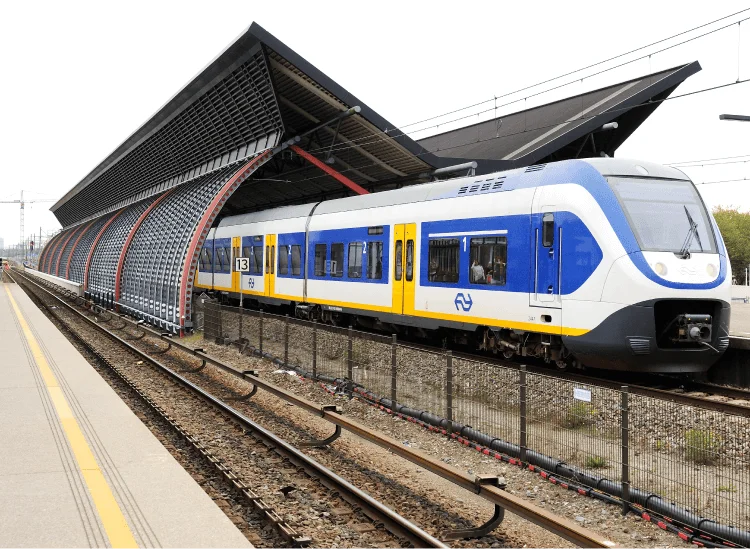
Renting a Car:
While public transport is excellent, renting a car offers flexibility, especially for visiting less accessible areas.
Driving: Traffic drives on the right, and road signs are international. Be aware of cyclists at all times—a major part of Dutch traffic.
Parking: In cities, parking can be scarce and expensive. Many hotels offer parking; it’s worth checking in advance.
Language Tips:
Most Dutch people speak excellent English, but showing an effort to use some Dutch is greatly appreciated.
Basic Phrases: Learn simple greetings and phrases such as "Goedemorgen" (Good morning), "Alstublieft" (Please), and "Kan ik helpen?" (Can I help?).
Language Apps: Consider using a language app for quick translations or to practice some basic Dutch during your travels.
Summary
That’s the end of my sharing!
This 12-day itinerary provides a detailed guide for Netherlands travel, from cosmopolitan cities to serene landscapes, enriched with history, art, and modern culture.
Pack your bags and prepare for an adventure that offers a slice of everything Dutch. Whether cycling through tulip fields or exploring medieval castles, the Netherlands promises a journey of discovery and delight!

